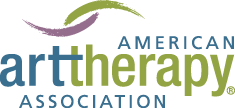June 20, 2025
In honor of Disability Pride Month, we are hosting a 2-hour virtual Continuing Education session, Art Therapy and Disability Justice in Mental Health, July 29. We’ll learn from presenters Miki Nishida Goerdt, LCSW, LCSW-C, ATR-BC; Beth Ann (BA) Short, MA, LCAT, ATR-BC, ATCS; Noel King, MAAT, ATR-BC, PhD Candidate; and Nicky Sullivan, Art Therapy Master’s Student at George Washington University. They will discuss the principles of disability justice and the role art therapists play in this framework as mental health professionals. The panelists will also examine key aspects of disability culture, share practical strategies for making art therapy more accessible, and discuss how art therapists can foster allyship with disability communities, serving as agents of cultural change in the fight against ableism.
Participants can expect to gain a greater understanding of:
- The difference between Disability Rights and Disability Justice
- The distinctions between the medical model and the biopsychosocial/cultural models of disability
- Culturally competent and accessible methods for implementing art therapy as a healthcare treatment with individuals with disabilities
About Disability Pride Month
Disability Pride Month is celebrated each July to recognize the strength and diversity of the disability community. What began in 1990 as a celebration of the passage of the Americans with Disabilities Act (ADA) has grown into a global movement. The first official Disability Pride Month was celebrated in July 2015 on the ADA’s 25th anniversary. Today, it serves as both a celebration and a call to action: one in four Americans (29%) have some type of disability, according to the CDC. Adults with disabilities reported mental distress 4.6 times as often as those without disabilities. Yet access to mental health care—particularly affirming and culturally competent care—remains deeply lacking.
What Is Disability Justice?
Disability justice is a framework that centers the experiences and needs of people with disabilities, recognizing that disability doesn’t exist in a vacuum. Rather, ablism intersects with race, gender, class, sexual orientation, and other causes of inequity.
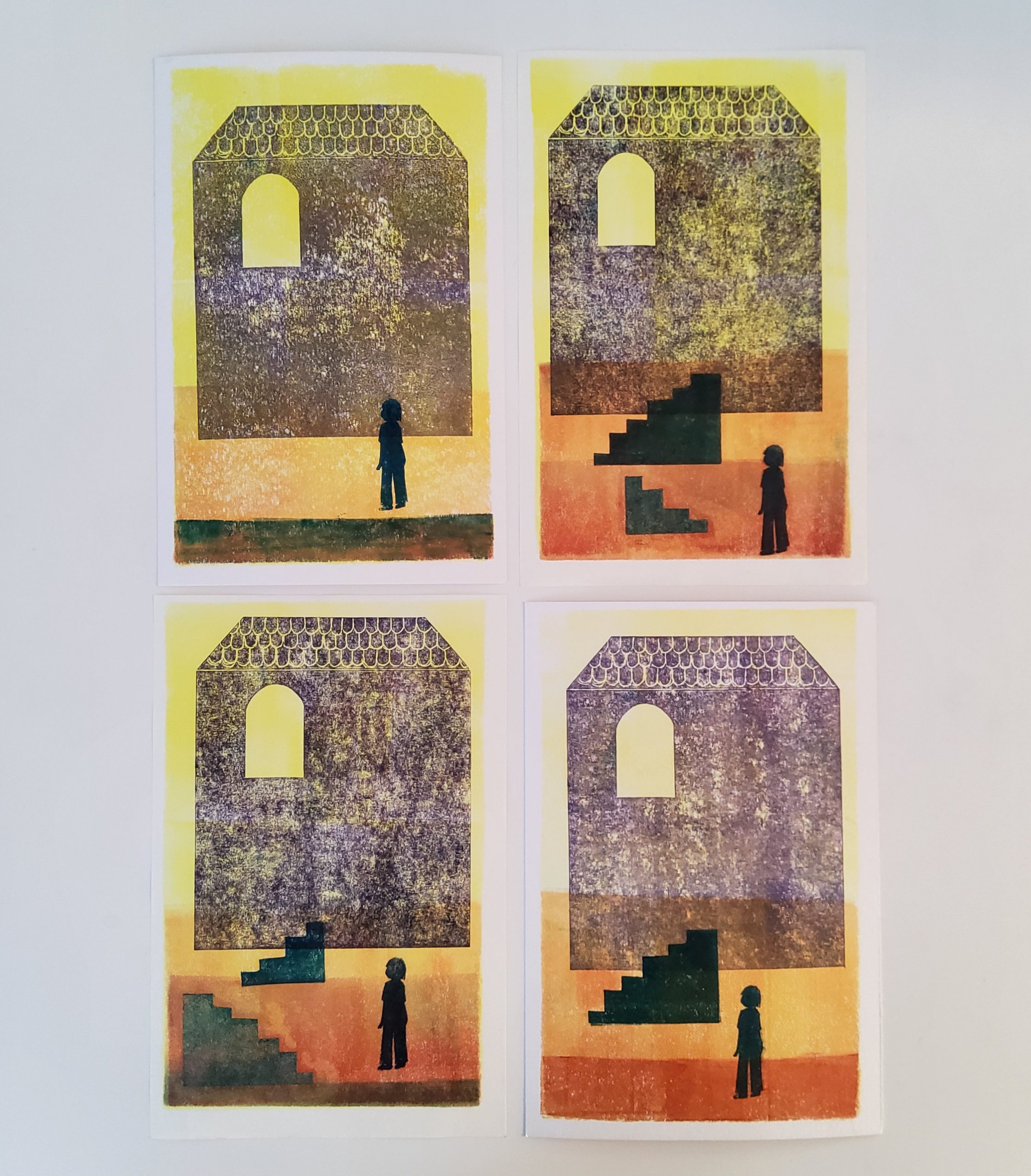
We asked our presenters to explain why this topic is so important to them
Miki Nishida Goerdt
“I believe that art therapy is for everyone, not just for those who are privileged. Individuals with disabilities represent one of the largest marginalized populations in the United States. In the current sociopolitical climate—where policies and structures related to diversity, equity, and inclusion are being challenged—it is more important than ever to invest our time in making art therapy accessible to all.”
Noel King
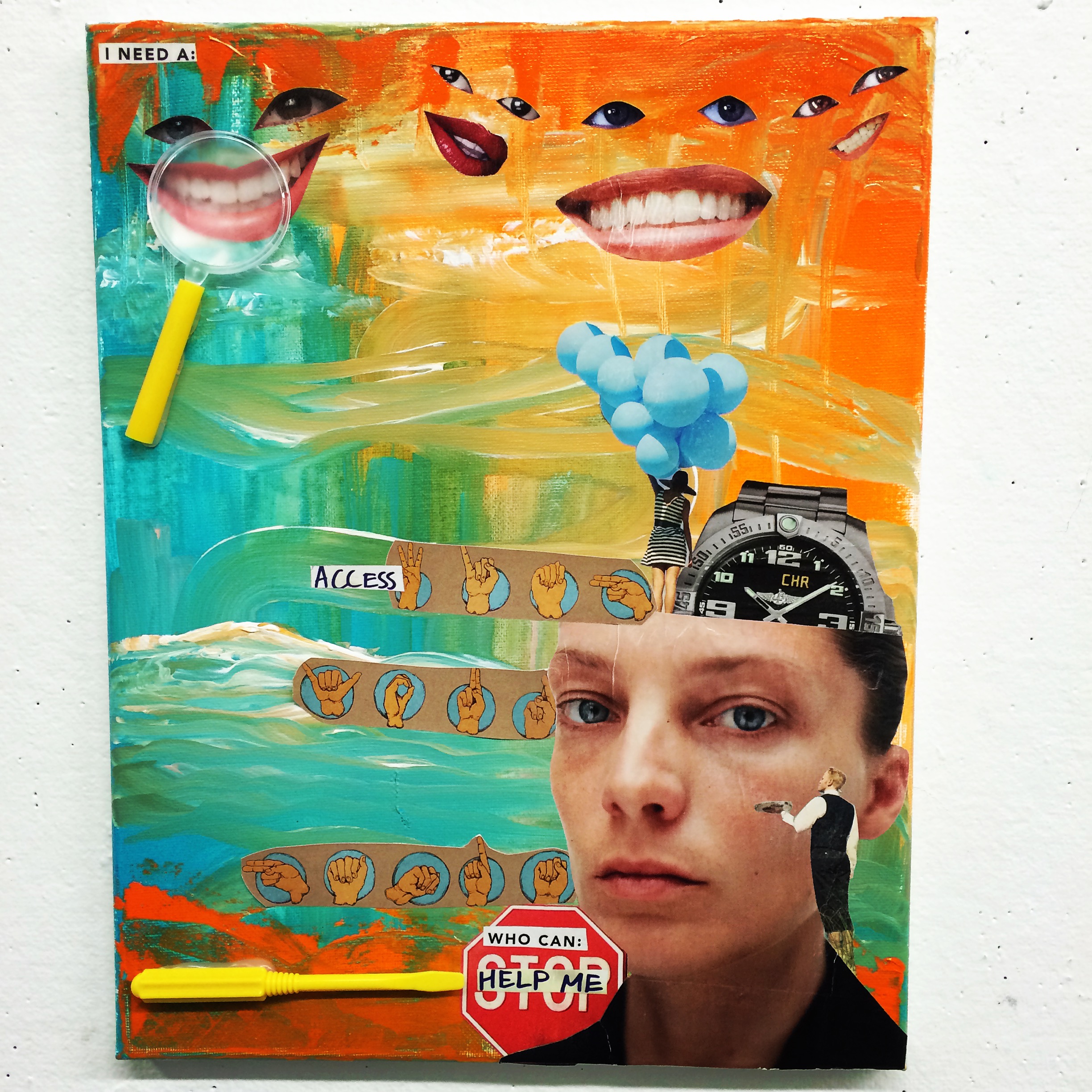
Nicole Sullivan
“During my summers in undergraduate school, I worked for a family with three young children, one of whom had a disability. Working and advocating for this population feels personal to me because of how much I care for that family, and because I want to be able to support incredible kids like theirs throughout my career. I believe that everyone can benefit from art therapy and deserves access to the creative arts therapies, regardless of their life circumstance.”
Beth Ann Short
“Experiencing a disability is a possibility for anyone at any time. While healthcare fields have made strides in incorporating diversity, equity, and inclusion into their protocols, there’s still significant room for growth among current practitioners and in educational programs for future providers. Examining art therapy practices with individuals with disabilities through the lens of decolonization provides opportunities for fostering allyship and advancing disability justice.”
In honor of Disability Pride Month, we will be offering real-time ASL interpretation for this session. The presenters also have requested that we host the session as a video meeting on Zoom (rather than a webinar) to create a more interactive experience for the speakers and attendees. As a result, we will be unable to record the session for on-demand viewing. Please plan to attend the session live on Tuesday, July 29, 7 – 9pm ET.
We hope you’ll join us live for this important conversation. All paid attendees may receive 2 CE credits. Registration fees are $52 for AATA members and $82 for non-members. The event is FREE for all AATA student members. (Not a member? Join or renew today here.)
About the Presenters
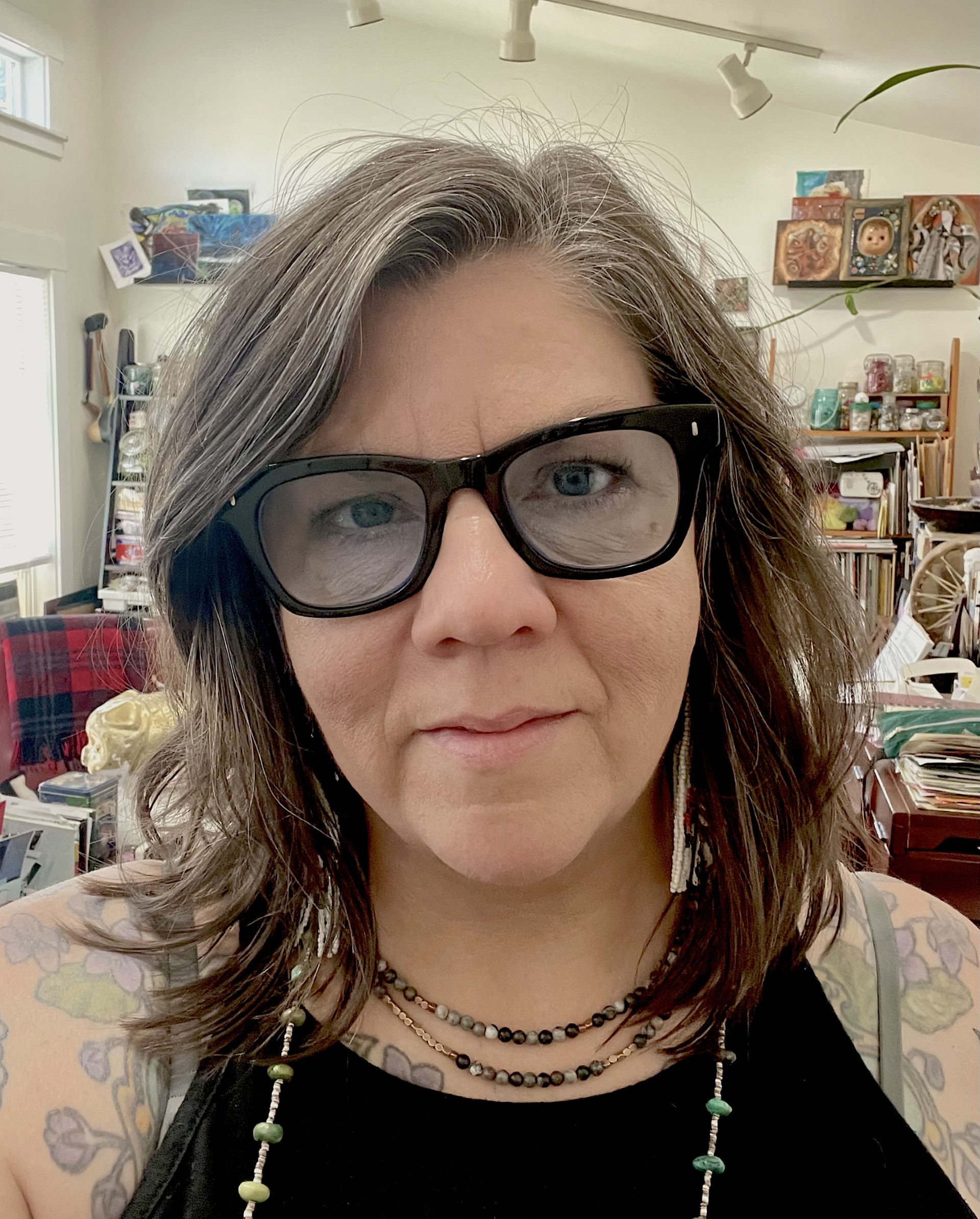
Beth Ann (BA) Short, MA, LCAT, ATR-BC, ATCS (they/them) is a national Board Certified Art Therapist, a Licensed Certified Art Therapist (LCAT) in Oregon and has been in practice since 1999. BA identifies as mixed race, gender queer/nonbinary person. BA also has multiple invisible disabilities. BA is an artist, art therapist, author, and filmmaker. They are also adjunct faculty at Lewis & Clark College in the art therapy graduate counseling program. In all of their work BA applies a postmodernist approach incorporating intersectionality, social constructionism, feminism, queer theory, liberatory practices, and antiracism. “I believe human beings will always be evolving. My work relies on empathy, language, storytelling, and art. Often this means there are multiple truths and realities to explore, understand, and witness. I also believe in the importance of acknowledging, questioning, and creatively dismantling historical systemic power structures that have marginalized individuals.”
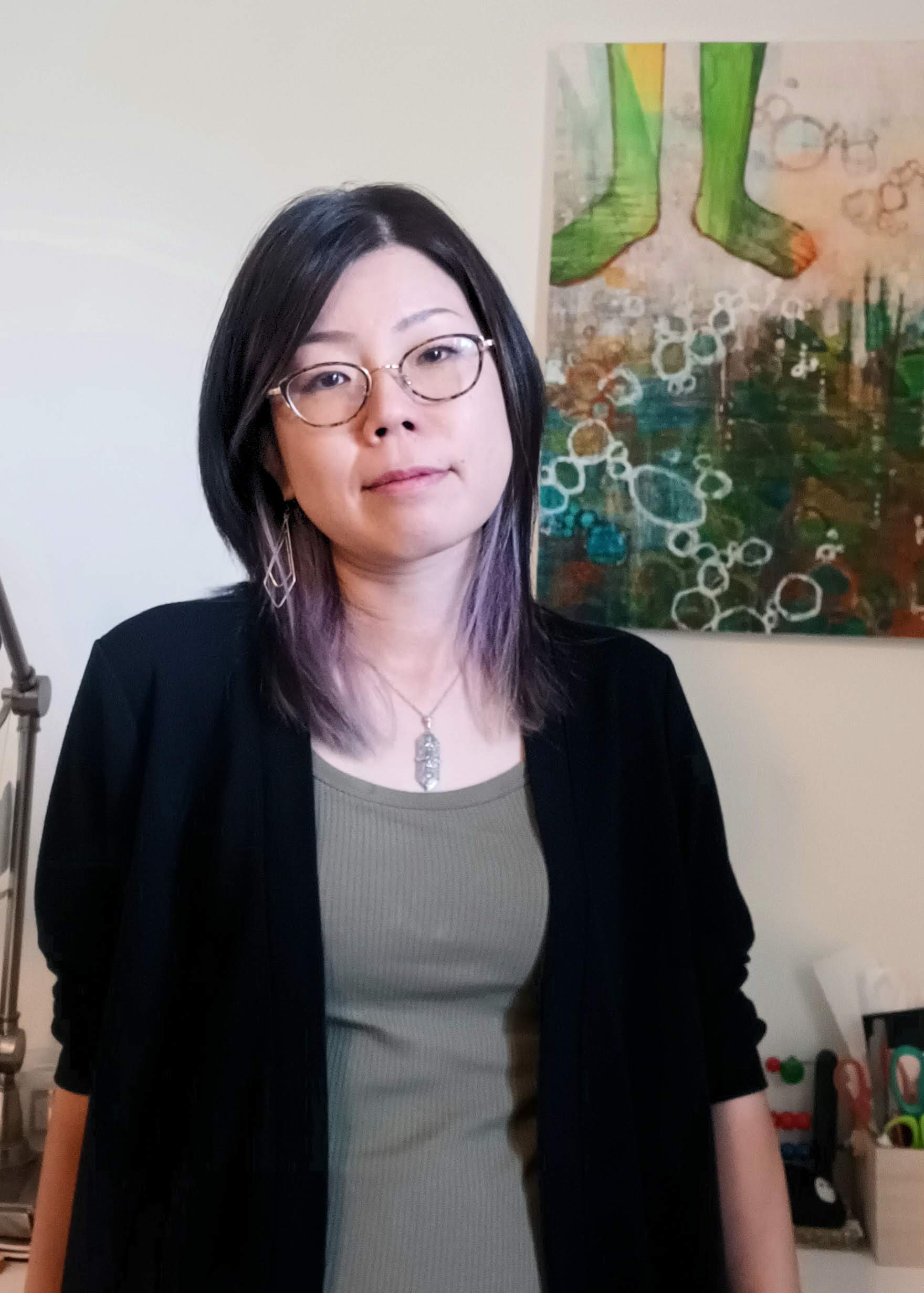
Miki Nishida Goerdt, LCSW, LCSW-C, ATR-BC (She/her) is an artist, Board-Certified Art Therapist, and Licensed Clinical Social Worker in private practice. She is committed to applying anti-oppressive and culturally responsive approaches in her clinical practice, supervision, and teaching. Her passion lies in creating space for healing through art for older adults and individuals from marginalized communities.

Noel King, MAAT, ATR-BC, PhD Candidate (she/her) is a mental health staff and art therapist at Rochester Institute of Technology/National Technical Institute for the Deaf (RIT/NTID). Currently, she is a doctoral candidate in Expressive Therapies at Lesley University. She seeks to break the limitation of traditional talk therapy approaches and customize the therapy services to all Deaf folx, especially underserved communities to amplify their voices.
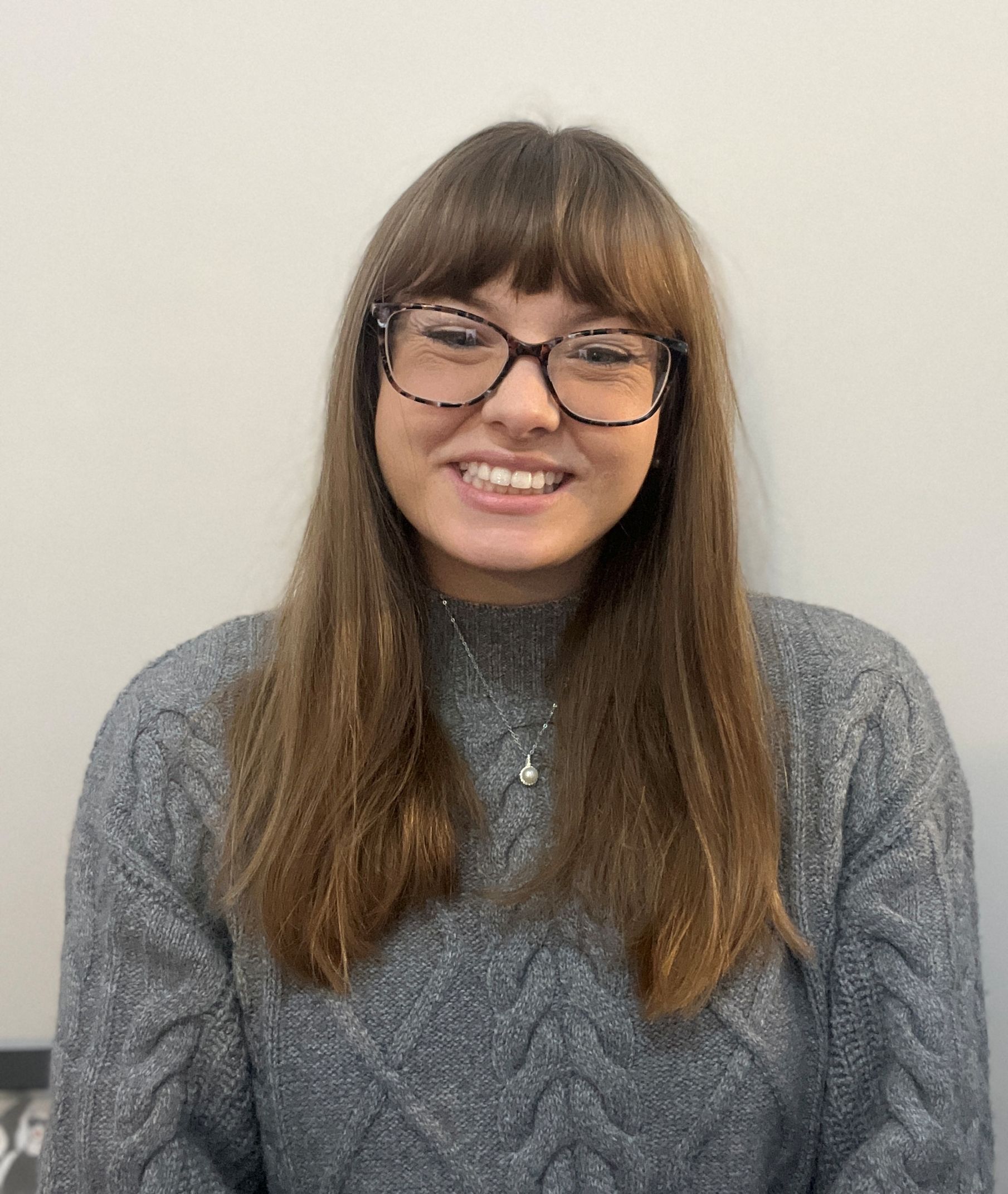
Nicky Sullivan, Master’s Student in Art Therapy at George Washington University (she/her) has a passion for working with individuals with a variety of needs. She has committed her time in her graduate studies to advocating for art therapy practices with marginalized populations. She uses her internship experiences with individuals with a variety of disabilities in conjunction with guidance from faculty to inform her approach as a budding art therapist.
